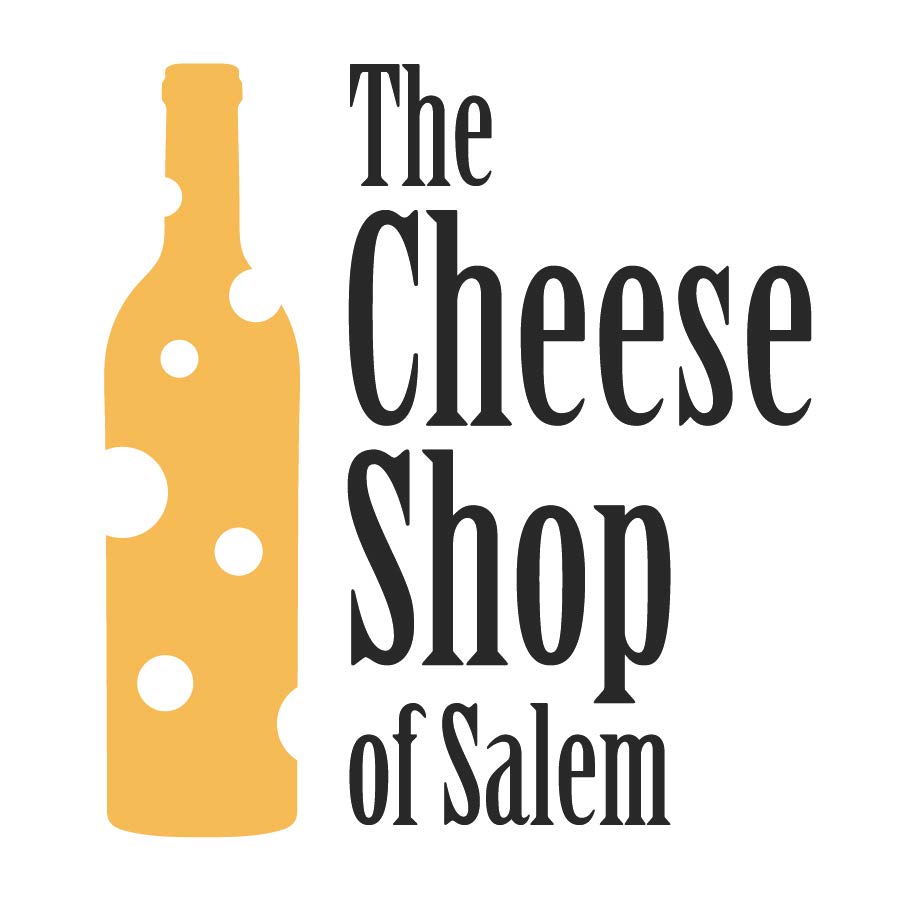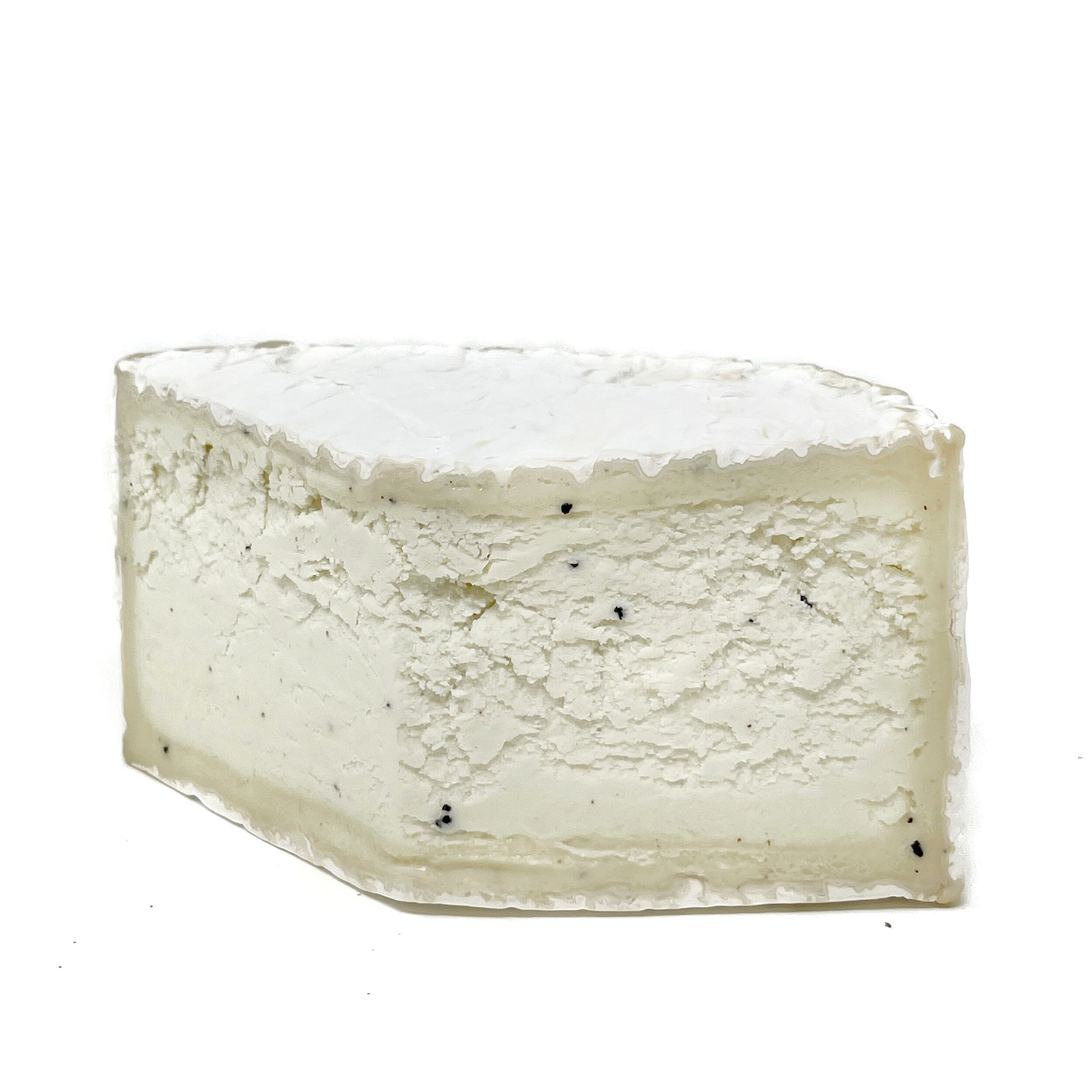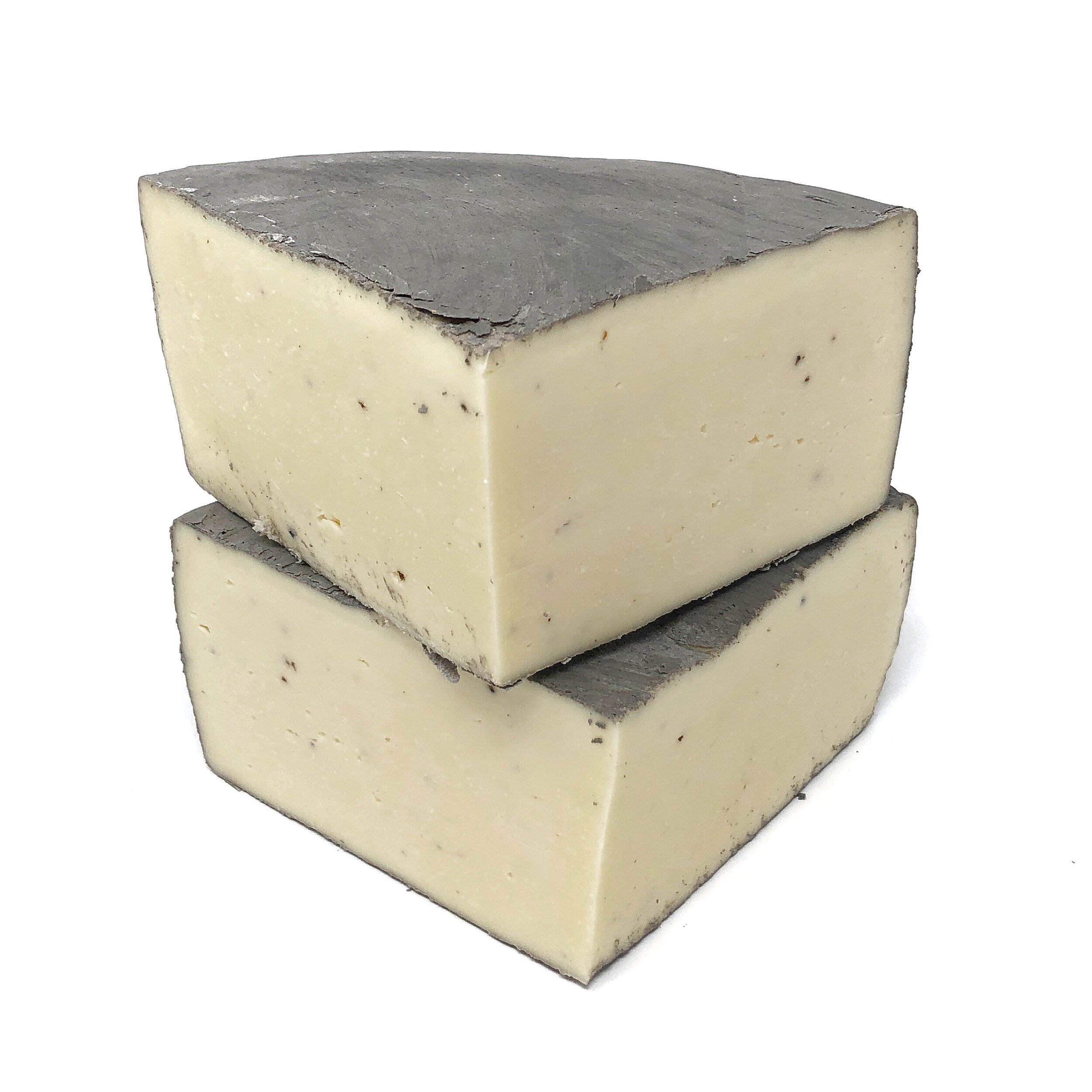Truffles, Explained!
When truffles became the hot thing in the food world a while ago now, I thought it would be a fleeting fad. But I was wrong! The truffle trend has stayed strong for years, and we have continued to carry some very special truffle cheeses and grocery products that I love. After learning more about these strange little fungi in a book called The Truffle Underground, I thought I would share some of my findings with you!
Let’s start at the beginning: what exactly are truffles?
Truffles are fungi, but they’re not mushrooms. We call them mushrooms as a kind of shorthand because 1) they both produce spores, and 2) calling a truffle a subterranean fungus with a fruiting body is way less romantic than saying it’s a crazy amazing mushroom. They often grow near oak or hazelnut trees and while the most famous ones come from France and Italy, they also grow in China, the Middle East, parts of Oceania, and the Pacific Northwest of the US!
What’s the deal with black vs white truffles?
Well, friends, I’ve never had the pleasure of trying a raw white truffle myself. I tried black ones in Italy after a truffle finding mission with a man named Livio and his very adorable dog named Gianni. Together they found truffle after truffle after truffle, and by the end of our hunting session I was so enamored with the duo that I decided to name my possible future firstborn Gianni. Anyway, from what I’ve read, white truffles are harder for dogs to find because they grow deeper underground. They are stronger in flavor with a pungent garlicky smell accompanying the earthiness that both the white and black fungi share. Basically, white truffles are black truffles 2.0. Most of our truffle products are made with the more common, but still rare, black truffles.
Why are truffles so expensive?
These lumpy fungi take years to mature, and the crop yields are hard to predict each year. And although there have been efforts to cultivate truffles, no one’s had any real success. So basically, they’re annoying and unpredictable, thus expensive.
Despite their dirty rock appearance, their expense, and generally being quite diva-like, we love them!! We have a few cheeses that contain a good hit of truffles, my favorites being Moliterno al Tartufo and Truffle Tremor. I have a soft spot for Moliterno because it was one of the first cheeses my dad introduced to me when he was a new cheesemonger almost sixteen years ago. This Sardinian sheep’s milk has deep, dark fissures of black truffle paste injected into the cheese at a couple months old. The wheels are left to age for a few months more, ensuring the truffle permeates the entire cheese. We like to break up a wedge and put the craggy chunks in a bowl for people to add to their steak, pizza, scrambled eggs, roasted mushrooms, as they like.
Truffle Tremor, a goat’s milk cheese from Cypress Grove in California, is milder than the Moliterno. The earthiness of the subterranean fungus with a fruiting body (LOL see? It definitely doesn’t work!) is a tasty addition to the tangy, floral flavors of the goat’s milk cheese. Since Truffle Tremor is more delicate, though I would never call it mild, I like it just smooshed onto a piece of grilled bread with a glass of a chilled, juicy rosé close at hand.
So, truffle lovers, go forth and feast!
For the love of cheese and fancy fungi,
Kiri
P.S. I love ceramics, so I wanted to point you to one of my favorite ceramists, Camille at the Wheel, but then I learned about Kaabo Clay Collective, which is “a mutual aid network for Black ceramists.” They have a directory full of incredible artists, and you can easily spend hours looking at each person’s work. It will not be time wasted!





![Image [Square].JPG](https://images.squarespace-cdn.com/content/v1/58d5711a9f7456928cbaf420/1627504323402-E4HE2E07X6O3B491DH68/Image+%5BSquare%5D.JPG)
